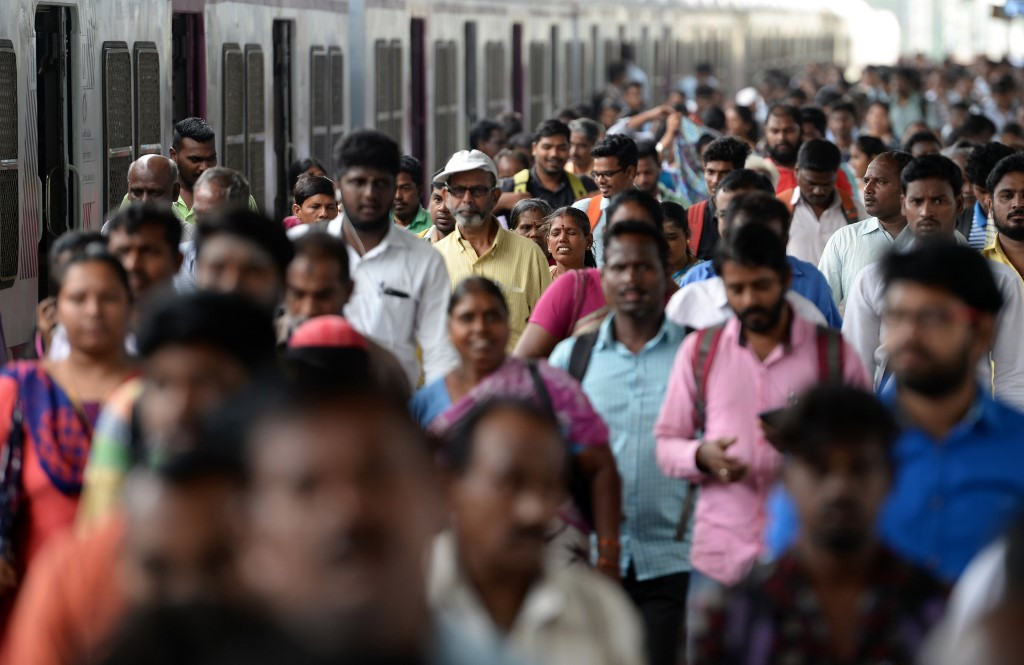Popular Reads
Top Results
Can't find what you're looking for?
View all search resultsPopular Reads
Top Results
Can't find what you're looking for?
View all search resultsPopulation of Earth to reach 9.7 billion in 2050: UN
The population could then grow to 11 billion by 2100, according to the United Nations Department of Economic and Social Affairs's "World Population Prospects" report.
Change text size
Gift Premium Articles
to Anyone
T
he world population is expected to climb to 9.7 billion in 2050 from 7.7 billion today, with the population of sub-Saharan Africa doubling, a United Nations report released Monday said.
The population could then grow to 11 billion by 2100, according to the United Nations Department of Economic and Social Affairs's "World Population Prospects" report.
The study paints a picture of a future in which a handful of countries see their populaces surge as life expectancy lengthens while the global growth rate slows amid declining fertility rates.
By 2050, more than half of the world's population growth will be concentrated in just nine countries: India, Nigeria, Pakistan, the Democratic Republic of Congo, Ethiopia, Tanzania, Indonesia, Egypt and the United States.
Meanwhile the world's most-populous country China will see its population drop by 2.2 percent, or around 31.4 million, between 2019 and 2050.
All told, 27 countries or territories have experienced a reduction of at least one percent in the size of their populations since 2010 due to low levels of fertility.
The report also says deaths are outpacing new births in Belarus, Estonia, Germany, Hungary, Italy, Japan, Russia, Serbia and Ukraine, but that population loss will be offset by an inflow of migrants.
The overall global fertility rate, which declined from 3.2 births per-woman in 1990 to 2.5 in 2019, is expected to fall further to 2.2 in 2050.
That's close to the minimum of 2.1 births needed to ensure the replacement of generations and avoid long-term population decline in the absence of migration, according to the United Nations.
The report also projects growing life expectancy generally, including in poor countries where it is now seven years less than the global average.
Global average life expectancy should reach 77.1 years in 2050 against 72.6 years currently, the report says. In 1990, the average life expectancy was 64.2 years.









